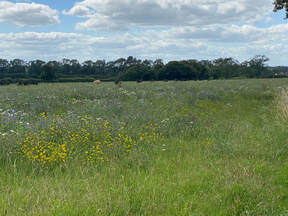 After four years the flowers exploded - how cattle should be grazing After four years the flowers exploded - how cattle should be grazing The key concept that I took away from Neil's talk was that he has moved beyond 'sustainability' to 'regeneration'. We tended to look at the land and think that was how it always was and sustainability would keep it that way, but that's not enough. This 'regenerative' approach was inspired by The Serengeti Rules, the book by Sean B Carrol subsequently made into a film, that explored the discovery that environmentalists today may be able to “upgrade” damaged ecosystems by understanding the rules that govern them. Nature was already doing everything that we needed and for a while we thought we knew better, but now it's becoming evident that's not the case. And regenerative agriculture isn't just an attractive alternative to present methods. If we're to reduce or do without the chemicals which have been so damaging, we have to find substitutes and this may provide them. 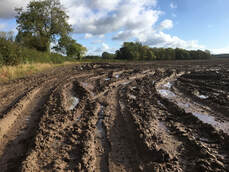 After a wet potato harvest - using metal to cultivate soil is damaging After a wet potato harvest - using metal to cultivate soil is damaging The basic principle is that using metal to cultivate the soil is damaging (we already know of 'no dig' for our gardens and allotments). One alternative is 'Mob grazing' cattle on a small area at a time, with roughly a third of the pasture eaten and the same proportions trampled and left untouched. Neil pointed out that cattle have 'a mower at the front and a muck spreader at the back,' which puts intense pressure on the pasture for a short time but it then dies back and returns carbon to the soil, significantly reducing greenhouse gases from agriculture. The lush green pasture we're used to seeing becomes instead a flower-rich meadow, with butterflies everywhere in summer and noisy with the buzzing of bees. This is known as permaculture, an approach to land management that adopts arrangements observed in flourishing natural ecosystems. The pasture is sown to provide more diversity – the first herbal ley includes chicory with roots that penetrate 8-10 feet down and so help restructure the soil and improve drainage, so is particularly useful for marginal, poorly-draining land. As many as 12-14 different grasses are included, along with clover, sainfoin, horse-shoe vetch and other herbs. Click on the photos to enlarge and see the captions. It is in contrast to monoculture farming, which we've been used to until recently, growing only one type of crop at a time on a specific field. 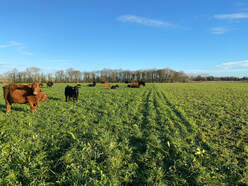 Improved drainage means shorter time in the shed - these cattle are grazing on 15 December Improved drainage means shorter time in the shed - these cattle are grazing on 15 December The other advantage of mob grazing is that better drainage means that cattle can often be out all year round instead of having to be brought in and fed on corn produced with a high level of carbon input. They are also much healthier so need fewer antibiotics, worming only for lungworm (and there are even alternatives for that) because the pasture includes the natural wormer plantain, and sainfoin which is an effective anti-asthmatic. Although the pasture is slightly less productive, because no artificial fertiliser or medications are needed costs are reduced so on balance it is financially beneficial. And that mass of insects we used to see on cow pats but which disappeared with increasing use particularly of wormers, will now be back – and re-joining the food chain! Under the old system, calves would have been brought into the sheds at 7-10 months and fed artificially, becoming prone to disease so requiring antibiotics and vaccinations (although some are still legally required). And what is the logic of growing wheat using fertilisers and other chemicals to feed cattle shut up in sheds, when all they actually need is good quality pasture out of doors? 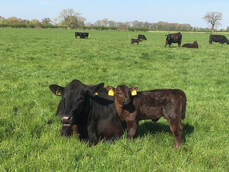 Neil's Aberdeen Angus Neil's Aberdeen Angus The herds build up naturally - calves stay with their mothers until they are weaned a couple of months before the next birth, and females stay in the herd which now includes probably around five generations including aunts and uncles. After their second winter the steers will come to Tisbury for 'finishing' before slaughter. Some of the meat is sold through the website pastureforlife.org and it is also available at a London butcher. It obtains a premium price because this almost 'wild' beef is produced organically on a single farm (ie 'home bred') and is nearly as rich in eg Omega 3 as fish. This regenerative approach can probably be used not just for beef cattle so some farmers are trying it out for dairy as well, milking just once a day and often selling through farm vending machines. It may also work for poultry and is becoming quite widespread in the US, as it makes good economical use of the land. One of the leaders there is Joel Salatin (polyfacefarms.com). (We have previously been referred to the films Kiss the ground and Living Soil, similarly encouraging as to what can be and is being done 'across the Pond'.) Finally, asked how the new Environmental Land Management System (ELMS) of financial support for agriculture would work, Neil confirmed that regenerative farming complied with its requirements but it would just take time to build up. Comments are closed.
|
Photo: Avocets (Izzy Fry)
The headers display photos taken by our members. Do get in touch via the Contact Form if you'd like to submit a photo for selection.
Archives
May 2024
Categories
All
|
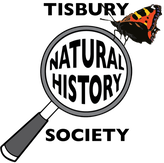
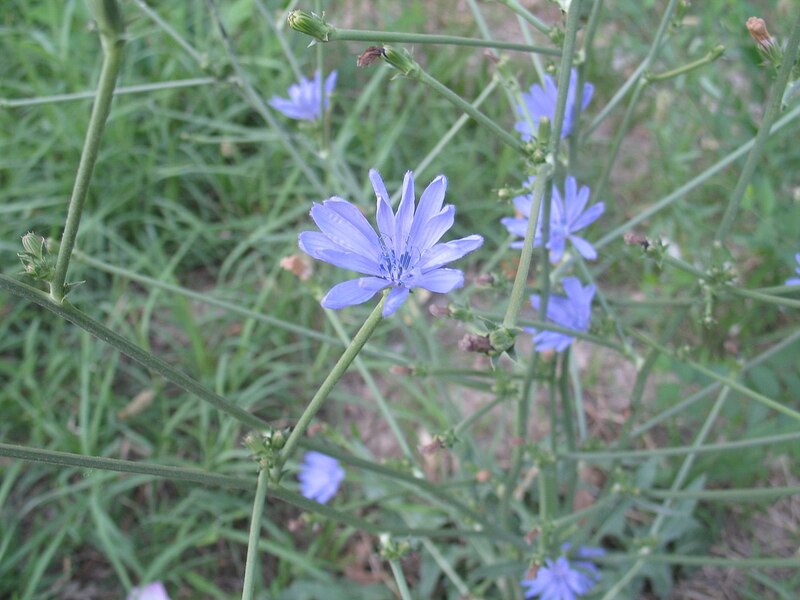
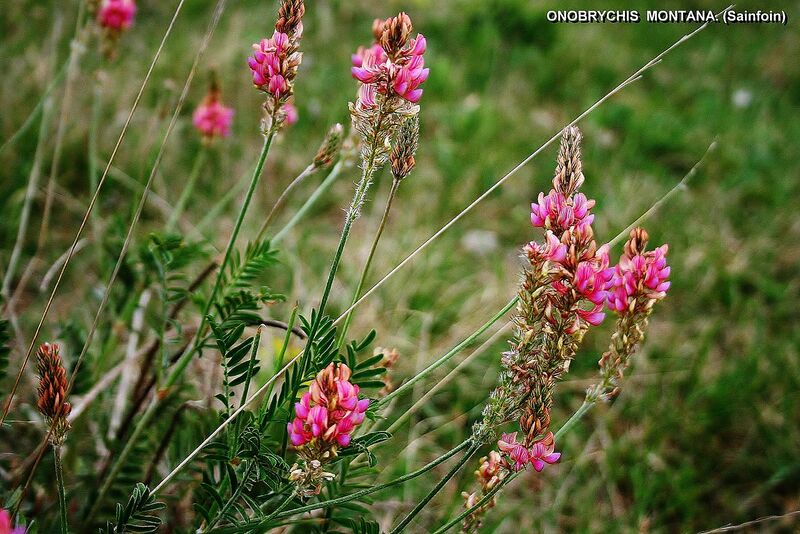
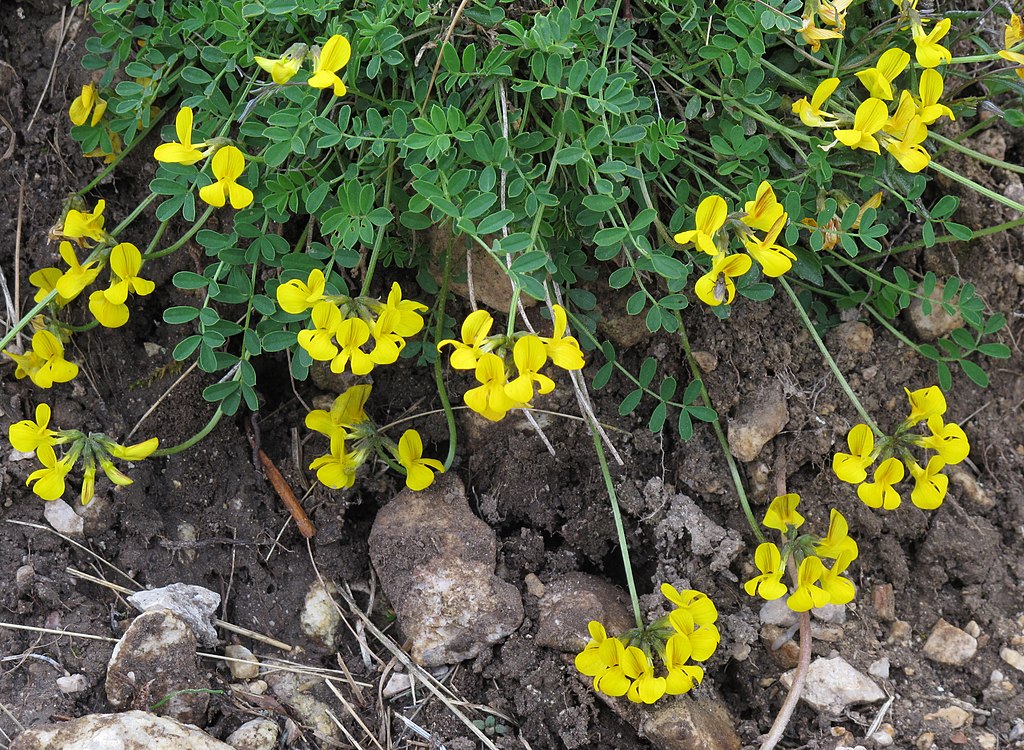

 RSS Feed
RSS Feed